Seed selection for southern WI
d_bone
12 years ago
Related Stories

GARDENING GUIDESSouthern California Gardener's September Checklist
Before prime planting time, clean out the old garden, prepare for the new, and dream up ideas for fall flowers and veggies
Full Story0
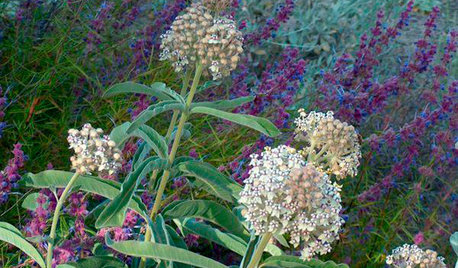
GARDENING GUIDES10 Top Native Plants for Southern California Gardens
Enjoy a fuss-free, water-wise garden by growing plants naturally in tune with the climate and wildlife of Southern California
Full Story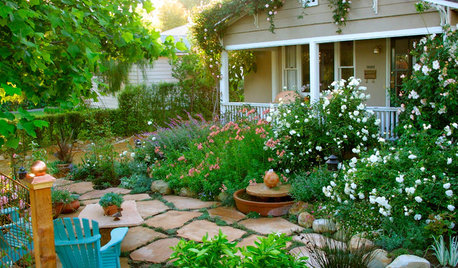
GARDENING GUIDESSouthern California Gardener's October Checklist
Get planting happy this month — so many natives, bulbs, cool-season flowers and vegetable crops to choose from, so little time ...
Full Story
INSPIRING GARDENSNative Plants Bring 10 Southern California Front-Yard Gardens to Life
Rare plants, rain gardens and wildlife habitats are just a few of the features showcased on the 2016 Theodore Payne Native Plant Garden Tour
Full Story
TREESGreat Design Plant: Southern Magnolia, Iconic U.S. Native
Massive, fragrant blooms and deep green leaves set Magnolia grandiflora apart from other large shade trees
Full Story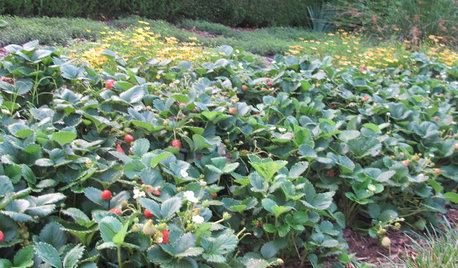
REGIONAL GARDEN GUIDESSoutheast Gardener's September Checklist
Fertilize strawberries, plant a tree or two and beckon hummingbirds to your Southern garden this month
Full Story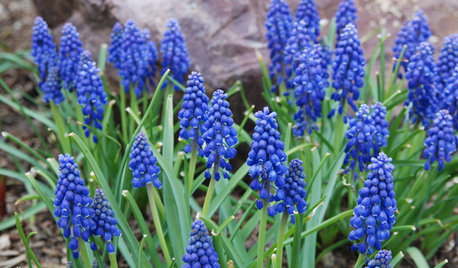
REGIONAL GARDEN GUIDESNortheast Gardener's April Checklist
Revel in the wonders of spring by babying bulbs, sprinkling seeds for root crops and setting out some nibbles for the birds
Full Story
GARDENING FOR BIRDSWild Birds Transform a Woman’s Garden and Life
How Sharon Sorenson created a wildlife haven and became the Bird Lady of Southern Indiana
Full Story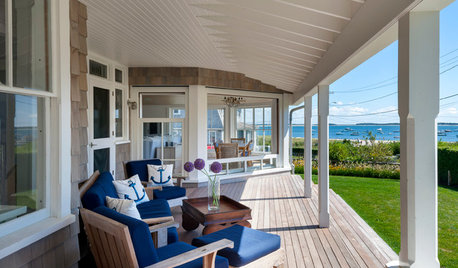
COASTAL STYLECasual Coastal Style Done 6 Ways
Give your beachy style a British accent, a Southern twang or a crisp New England tone — whatever coastal style speaks to you, this can help
Full Story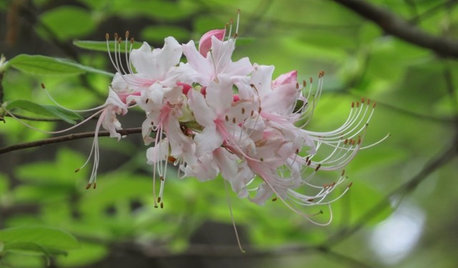
GARDENING GUIDESGreat Design Plant: Rhododendron Canescens
Have a damp, shady spot in your garden that needs a lift? This Southern U.S. native may be the solution
Full Story






tiemco
d_boneOriginal Author
Related Professionals
Wheeling Landscape Architects & Landscape Designers · Milford Landscape Contractors · Wilmington Landscape Contractors · Arlington Landscape Contractors · Byram Landscape Contractors · Fair Oaks Landscape Contractors · Fort Wayne Landscape Contractors · Matteson Landscape Contractors · Porterville Landscape Contractors · West Covina Landscape Contractors · Oxon Hill Landscape Contractors · Ferguson Landscape Contractors · Castaic Swimming Pool Builders · Eastvale Swimming Pool Builders · Rancho Cordova Swimming Pool Builderstiemco
texas_weed
d_boneOriginal Author
garycinchicago
d_boneOriginal Author
d_boneOriginal Author
tiemco
garycinchicago
tiemco
garycinchicago
tiemco
garycinchicago
d_boneOriginal Author
d_boneOriginal Author
tiemco
d_boneOriginal Author
tiemco
d_boneOriginal Author
tiemco
d_boneOriginal Author
tiemco
d_boneOriginal Author
tiemco
d_boneOriginal Author
mgomeniouk
d_boneOriginal Author
Alyssa